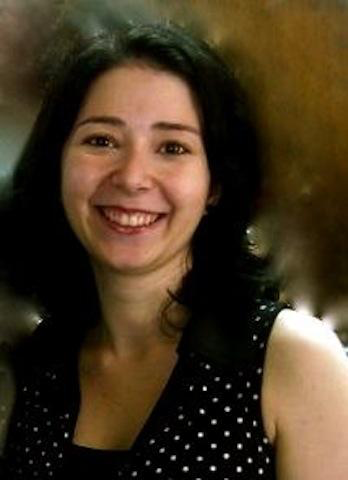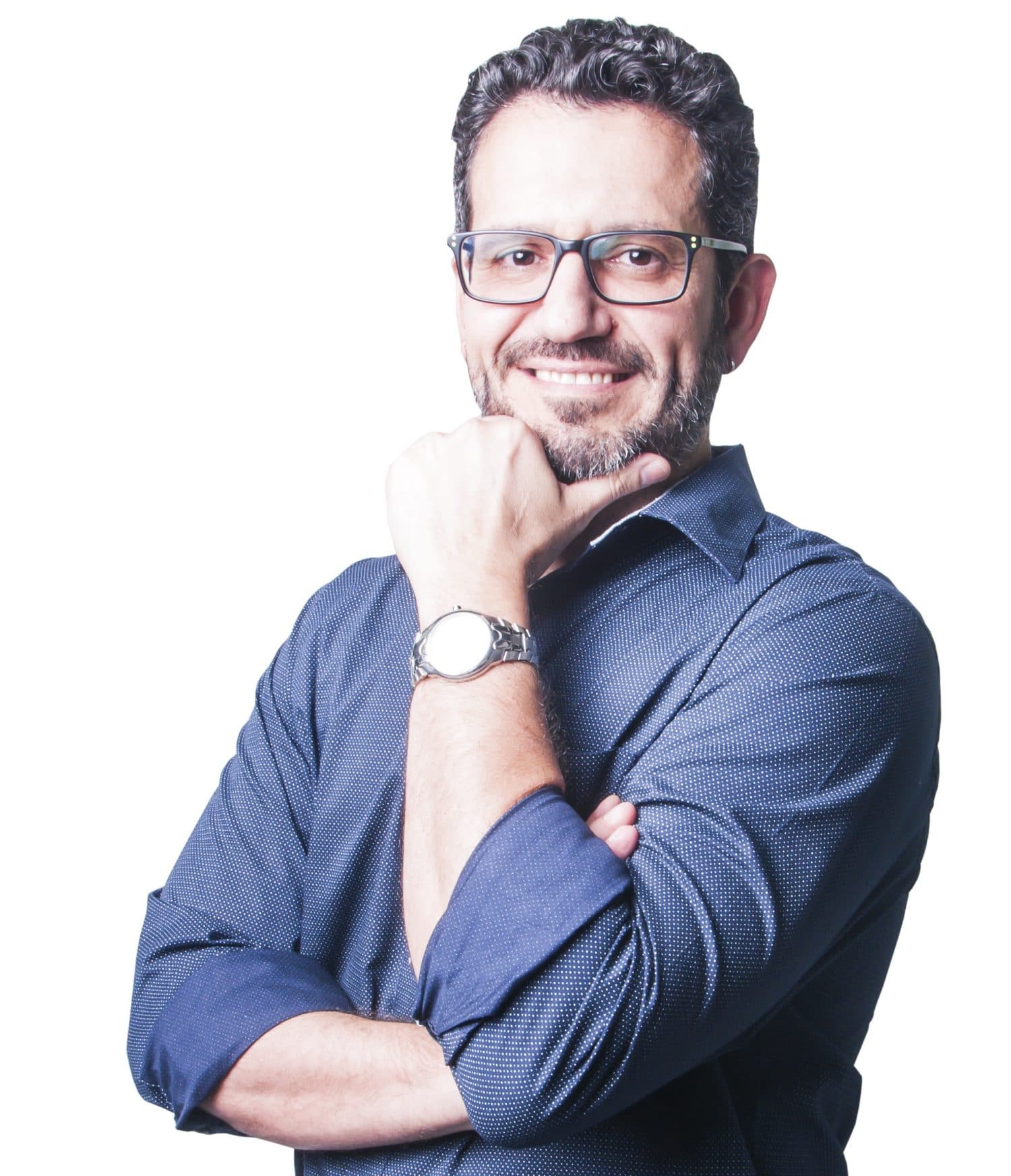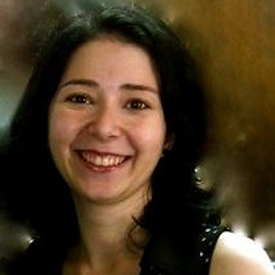Active Learning in Bilingual Education
2018, 2019… If education had a trending topic in the past few years, it would certainly be Active Learning [Metodologias Ativas, in my native Brazilian Portuguese]!
The presence of Active Learning in lectures, professional development sessions, online courses, and face-to-face practices may be a result of the need the schools have to promote meaningful learning that triggers learners’ autonomy, protagonism, and active thinking. That is my bet, at least. It also seems to corroborate with present cross-curricular and interdisciplinary expectations which, in turn, help develop a more integrated curriculum aimed at the development of 21st century learners.
Active Learning is put into practice in many different ways, as it happens with Bilingual Education, and offers, as part of its allure, the possibility to be adapted to fit a certain demand and a certain student profile.
Per definition, Active Learning can be summarized as strategies used to promote active learning as they involve not only students in doing things but also in thinking about what they are doing and why (BONWELL and EISON, 1981). Starting off from this idea, it is possible to accept that a number of activities and proposals can be included as active learning strategies – and that is a good thing.
First, because we need to debunk the idea that active learning is something either new – in the sense of a craze that will soon fade away – or long and difficult to implement in the classroom, or both.
Also, we need to see active learning as a learning that is active, that is, as something that includes students’ efforts to actively construct knowledge (CARR et al., 2015).
Last, we need to see classroom activities and learning as part of a process. As such, the idea of a process guarantees that a taxonomy, like Bloom’s Taxonomy, is somehow followed or considered when students construct knowledge, interact with content and peers, and assess learning and understanding. A process also contributes with the development of metacognition, which clarifies the link between learning and the activity.

Image available at: https://tatp.utoronto.ca/teaching-toolkit/ci-resources/cdg/lesson-design/active-learning/
For the process to help construct understanding and knowledge, the use of higher order thinking is paramount – and it can be mediated or facilitated by the teacher during the activity. Applying Active Learning does not mean that there is no teacher mediation; it means that you are not the one doing all the work. Students should be able to build knowledge, connect old and new ideas, and resort to experiences and existing knowledge as a way to enhance or create understanding while you are there to assist them and guide them whenever necessary.
All those expectations are present in an environment where Bilingual Education is in practice. Therefore, Active Learning can help you transform an ordinary bilingual education lesson into a more integrative one, or even an EFL context into something more.
As any trend in Education, many of us can be a bit afraid – or utterly terrified – of trying to diversify teaching in the bilingual classrooms. Bilingualism is quite an adventure already, I know. But so is teaching, right? Hence, the suggestion is to start small:
- Choose active learning activities that you think you will be comfortable with applying and that seem to pose little risk for your students and your school culture. Examples of low risk activities are The Pause Procedure, in which the teacher pauses the lesson for some minutes and asks students to take or review notes, solve doubts or carry out short discussions in pairs; and Think-Pair-Share, in which students think individually about a question/answer, then discuss it with a peer.
- Make use of a backwards design approach, which implies in identifying learning objectives and how they can be assessed. Then, select a strategy (active learning activity) that can be used for these purposes.
Once you get the hang of it, you are ready to expand your selection of activities and systematize how students’ metacognitive skills can be better developed with active learning.
Bilingual Education has many formats and many faces in Brazil, and it clearly differs from one school to another. For that reason, I also suggest that you consider the best lesson, class or even language to start applying Active Learning. It may be a good way to diversify a lesson that is taught in Portuguese, for example, or to promote discussion and problem-solving in English after a curricular silent reading time, or even to challenge students who need it. The key is to understand that active learning is not here to make you question you teaching; it is here to make your students’ learning better. However, it is your decision as a teacher how to put it into practice. Baby steps work just fine. 😉
Give it a try and let me know!
See you soon!
For great active learning activities, check this webpage:
Visible Thinking Routines
http://www.visiblethinkingpz.org/VisibleThinking_html_files/VisibleThinking1.html
The Pause Procedure
https://k12teacherstaffdevelopment.com/tlb/how-can-the-pause-procedure-be-used-to-enhance-learning/
Think-Pair-Share
http://www.readingrockets.org/strategies/think-pair-share
References:
BONWELL, C.C.; EISON, J.A. Active Learning: creating excitement in the classroom. ASH#-ERIC Higher Education Report, No. 1, Washington, DC: The George Washington University, School of Education and Human Development, 1981.
CARR, R.; PALMER, S.; HAGEL, P. Active Learning: the importance of developing a comprehensive measure. Active Learning in Higher Education 16, p. 173-186, 2015.





